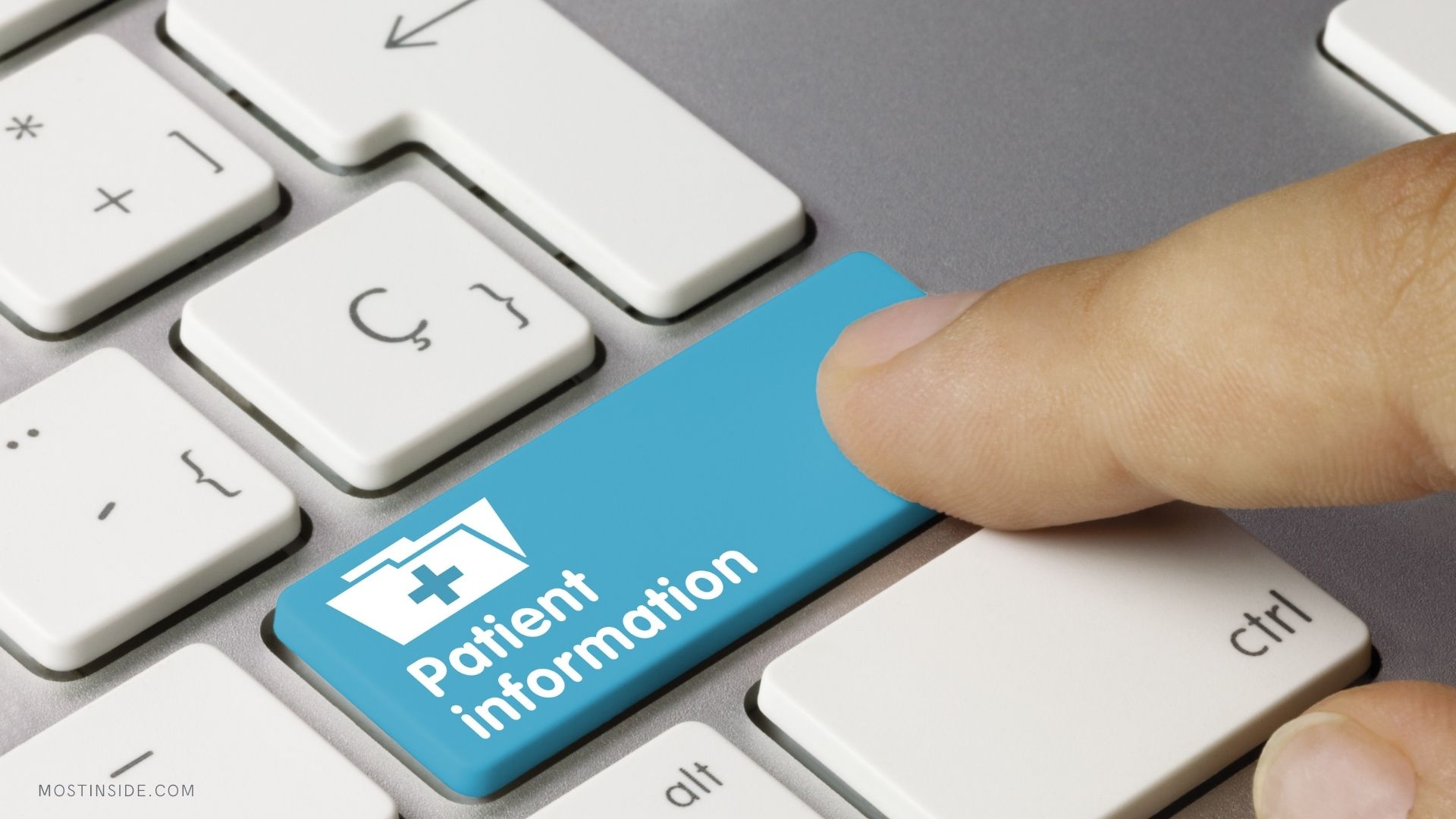3 Ways To Protect Patient Privacy

Patient privacy is one of the most critical aspects in the health care industry. Having the assurance that their confidential health information won’t be disclosed to other people without proper authorization is a fundamental right of every patient. That guarantee of privacy allows patients to talk about all of their health concerns with their doctors for the sake of receiving optimal care.
Protecting patient privacy can be a daunting task at times, but if you’re working in the health care industry, complying with the HIPAA Privacy Rule is necessary. Below are the ways you can ensure patient privacy.
Contents
Toggle1. Establish A Security Culture In Your Organization
The first thing you need to do to preserve patient privacy doesn’t involve data or software but people. All medical professionals involved in the health care industry, whether they’re physicians, nurses, lab technicians, office staff, or managers, must comply with data security practices when handling confidential patient information.
Compliance begins at the top. Those who are part of management should be the first ones to embrace compliance in order to eliminate reluctance coming from the lower levels of the organization. It’s the management’s job to explain to other employees the importance of patient privacy and data security.
Help them understand how those matters can affect your entire organization and their jobs and why it’s important for them to comply. You may also want to emphasize the positive benefits of embracing patient privacy and data security not just for them but for the rest of the organization as well.
Establishing a security culture in your organization can help everyone stay on the same page. As a result, it’ll be easier for all of the staff members in your establishment to understand the importance of patient privacy and data security and take the necessary measures to achieve them.
2. Conduct Training And Create Security Policies And Confidentiality Agreements
Those who make up your health care organization can adhere to security policies and practices without a problem if they fully understand why such rules exist in the first place. The best way to do this is to provide regular training sessions for them. This’ll ensure that your staff members, doctors, nurses, and administrators are aware of the importance of your current security policies.
For best results, you can conduct inject fun into the training sessions and use the opportunity to encourage employees to get to know each other better. Engaging training sessions will make it easier for everyone to understand the message you’re trying to deliver.
Drawing up security policies and confidentiality agreements can also help ensure that your employees know exactly what to do when dealing with patient information. A confidentiality agreement is a legal document that specifies exactly what kind of information isn’t allowed to be disclosed outside of work.
You need to ensure that every member of your team reads the confidentiality agreement thoroughly before signing it. It’s acceptable for you to let patients know about the document to demonstrate just how strict your organization is when it comes to safeguarding their privacy and confidential health information.

3. Provide Patients With Safe Access To Their Own Records
Of course, the patient is the one who’s most interested in seeing their records. This is why a lot of medical professionals allow patients to take a look at their own medical records in some way. Patients can get access to that sort of information via patient portals and download it. Downloading medical records isn’t safe, though. It increases the risk of the patient’s files being exposed.
Giving patients safe access to their records is a challenging task. Health care organizations must take certain precautions to ensure that medical records are still secure even when they can be viewed by individuals who aren’t part of their internal team. After all, patients have the right to request their own records if the need arises or if they want to have a third party look at their medical information. There are safe ways for them to access their records without compromising the security of your system.
Health care facilities can establish secure methods such as encryption or cloud services so that the process of transmitting patient information to any third party won’t trigger any problems. Many establishments use apps or portals that are protected by critical infrastructure like encryption key management systems, and they also require the patient to provide an authentication key so only they can access their own records. With all these security measures in place, health care organizations can easily provide their patients with the personal medical information they’re after.
Final Thoughts
Protecting patient privacy is a health care facility’s responsibility. Failure to ensure it can lead to severe complications such as loss of patient trust, damaged credibility, and even loss of your practice.
Recommended For You
Personalized Nutrition: Tailoring Your Diet To Your Lifestyle
Most Inside
Most Inside offers high-quality recommendations and valuable updates to enhance all aspects of your life, providing premium guidance and enriching experiences.




